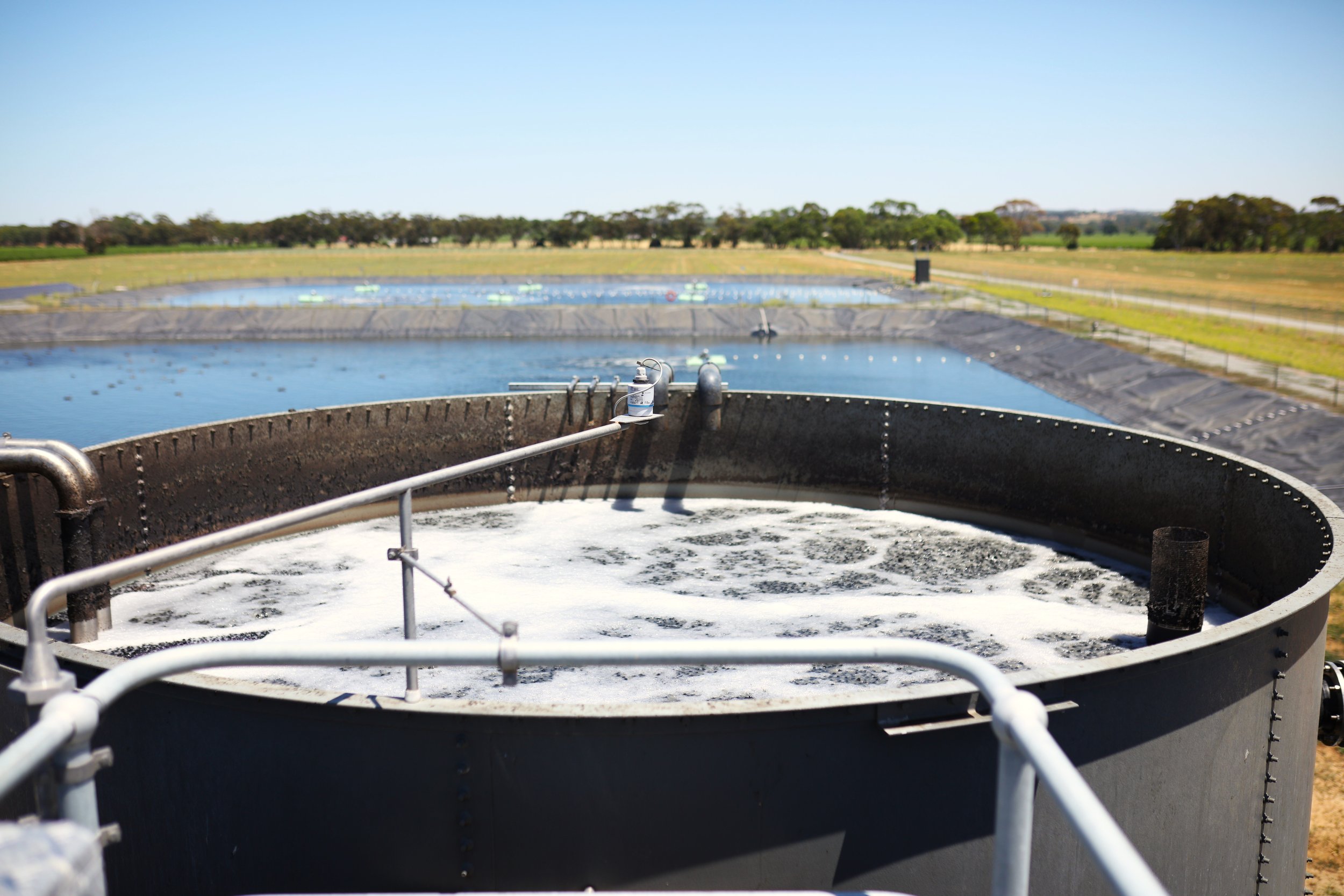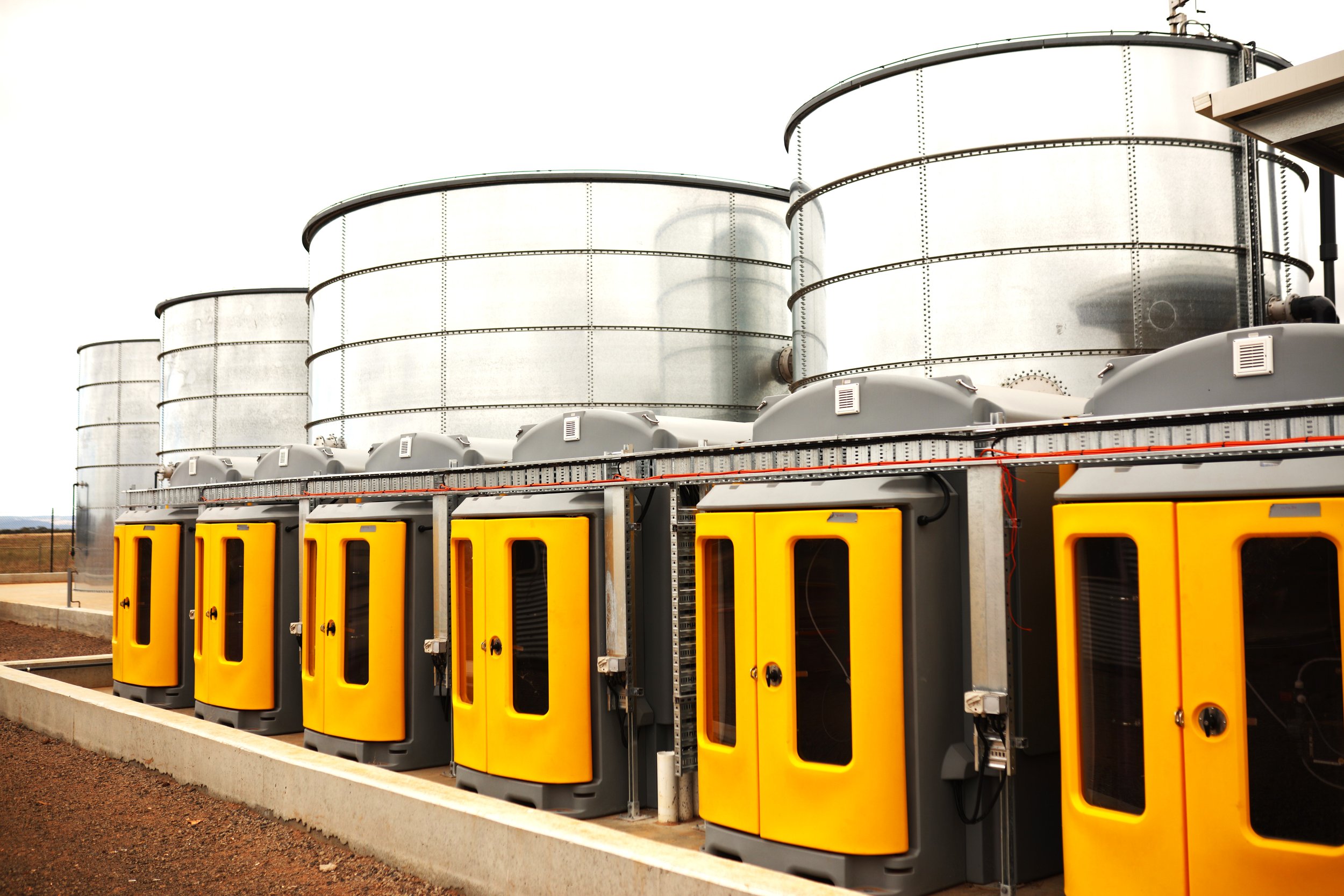
Your Ultimate Guide to MBBR Industrial Wastewater Treatment
For Meat Processors, Food & Beverage Processors and Rendering Sites
Welcome to our comprehensive guide on MBBR industrial wastewater treatment for meat processors, food and beverage processors and rendering sites.
This guide is designed to provide in-depth knowledge and resources about Moving Bed Biofilm Reactor (MBBR) wastewater treatment technology, tailored specifically for the meat processing, food and beverage processing, and rendering industry.
From understanding the technology to cost comparisons, operational guides, and case studies, this guide is your go-to resource for everything MBBR.
Contents:
Understanding MBBR Technology - How Does MBBR Work?
Benefits of MBBR for Food & Beverage Processors
Cost of an MBBR System for Meat Processing Plants
Operating Costs of an MBBR System
Cost Comparison: MBBR vs Alternative Wastewater Treatment Methods
Case Studies of MBBR on Food & Beverage (incl Meat) Processing Plants
Frequently Asked Questions about MBBR
Resources for Further Learning
Understanding MBBR Technology - How Does MBBR Work?
IFAS-MBBR is a hybrid wastewater treatment system that combines the best of two technologies: Integrated Fixed Film Activated Sludge (IFAS) and Moving Bed Biofilm Reactor (MBBR).
Learn how the technology works, its components, and its application in food and beverage processing sites.
Benefits of MBBR for Food & Beverage Processors
MBBR offers numerous benefits for food and beverage processing plants, including cost-effectiveness, energy efficiency, and high treatment efficiency.
In this section, we delve into these benefits and how they can positively impact your processing plant.
Frequently Asked Questions about MBBR
Do you have specific questions about MBBR technology?
This section addresses some of the most frequently asked questions about MBBR in the context of food and beverage processing plants.
Cost of an MBBR System for Food and Beverage Processing Plants
One of the key considerations when choosing a wastewater treatment system is cost.
This section presents a detailed analysis of the costs involved in setting up an MBBR system for small, medium, and large meat processing plants.
What Chemicals does an MBBR wastewater treatment plant on a food or beverage processing site use? And how much?
Discover the essential chemicals for MBBR wastewater treatment in food and beverage processing, understand dosage amounts and troubleshoot operational issues, with expert insights from Waterform's FlowCare division, serving industries across Australia.
Cost Comparison: MBBR vs Alternative Wastewater Treatment Methods (MBR, SBR, Lagoon)
How does MBBR compare to alternative wastewater treatment methods in terms of cost?
This section provides a detailed cost comparison, helping you make an informed decision for your meat processing plant.
Operating Costs of an MBBR System
Beyond the setup cost, it's important to understand the operating costs of an MBBR system.
This section offers a comprehensive guide on what to expect in terms of energy use, maintenance, and overall operating expenses.
Case Studies of MBBR in Food and Beverage Processing Plants
Real-world examples can provide valuable insights.
Here, we present case studies of food and beverage processing plants in Australia that have successfully implemented MBBR systems, highlighting the challenges they faced, the solutions they implemented, and the results they achieved.
Resources for Further Learning about MBBR in the Food and Beverage Processing Industry
To further your understanding of MBBR technology and its application in the meat processing industry, we've compiled a list of additional resources.
These include industry reports, academic research papers, and trusted online resources.











